
Think your old attic finds are junk? Think again. The early 1900s gave us more than dusty relics—they produced timeless pieces now fetching serious money. What once seemed ordinary might just be hiding a small fortune. Let’s take a look at what collectors crave today.
Tiffany Lamps
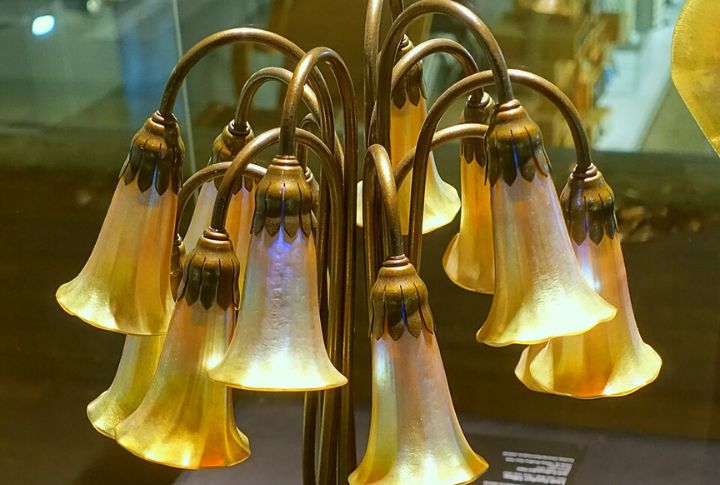
Back in 2018, a 1903 Pond Lily Tiffany lamp stunned the auction world by raking in $3.37 million. Made using Louis Comfort Tiffany’s rare copper‑foil stained glass method, only 14 of these exist, with five sitting inside museums. Designs like Dragonfly and Wisteria are especially prized by collectors.
Gustav Stickley Furniture (Mission Style)

Stickley launched America’s Arts and Crafts era, and authentic marks or decals remain critical for verifying—and valuing—his original work. Early 1900s Gustav Stickley furniture now commands $5,000 to $75,000, depending on design and rarity. One 1901 sideboard sold for $130,000.
Hoosier Cabinets
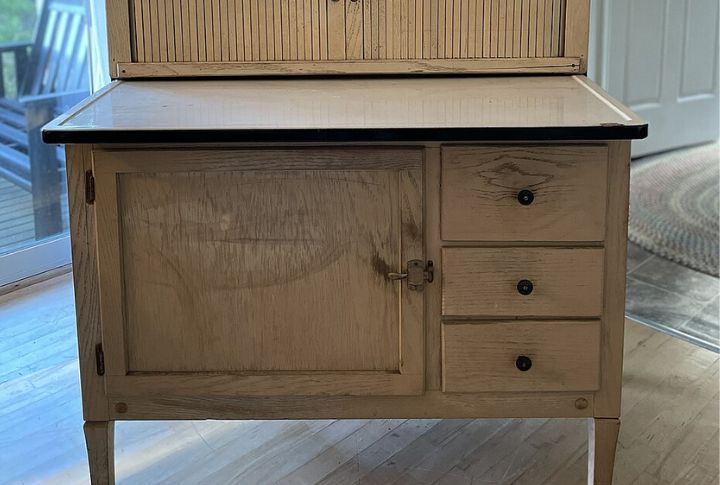
These cabinets, made between 1900 and 1930, earned their place in about 10% of American kitchens before built‑ins took over. Known for flour sifters, spice racks, and pull‑out worktops, pristine examples sell for $2,000+—especially with maker’s marks and complete accessories.
Depression Glassware
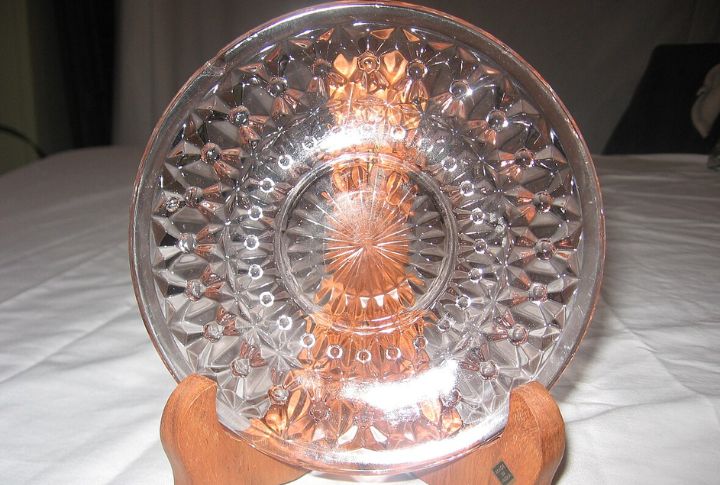
Once handed out during the 1929–1939 Great Depression at gas stations or movie theaters, these colorful pieces can now bring in real money. Patterns like Royal Lace or Sharon in cobalt blue reach $165, while pinks, blues, and greens drive the most attention and demand today.
Art Deco Clocks (Telechron)
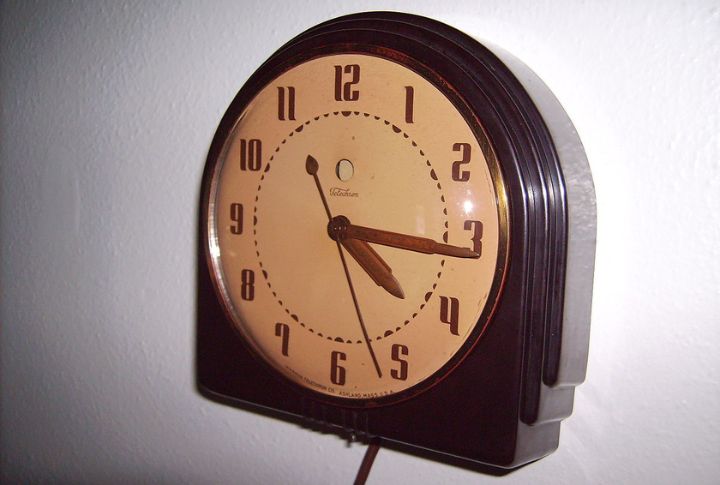
Telechron’s 1930s electric mantle clocks, like the Mayfair 7F75, often sell for as much as $250. Their design leans heavily into Art Deco, with sleek brass or Bakelite finishes. The clean dials and a solid geometric form make these vintage clocks more desirable than many modern reproductions on the market today.
Chippendale Mahogany Chairs

Chippendale-style chairs made with quality mahogany can sell individually for $500 to $3,500. The Claw-and-ball feet, along with the early 1900s richly carved backs play into their lasting appeal. Larger sets—especially those with six or more matching pieces—can easily pull in $6,000 or higher.
Louis Vuitton Steamer Trunks
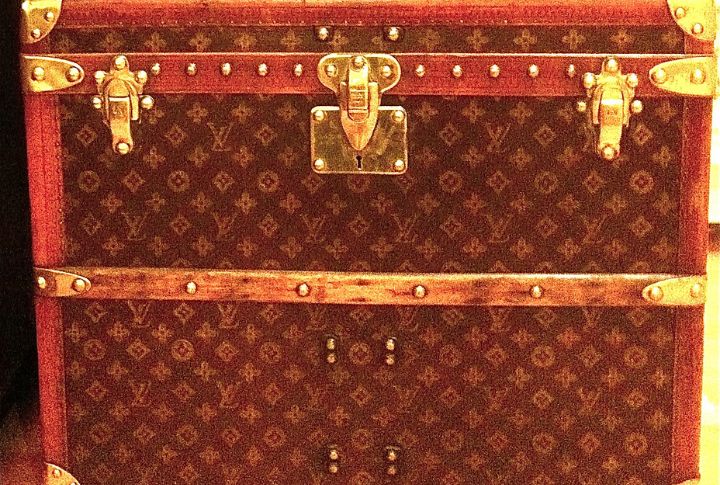
These early 1900s trunks typically sell for $1,250 to over $56,000, with some averaging $18,000. A 1925 wardrobe model even reached around $200,000 at Christie’s. Their value increases when the original hardware and stickers remain, all showcasing Vuitton’s flat-stack shape and waterproof canvas innovation.
Hartmann & Goyard Travel Trunks
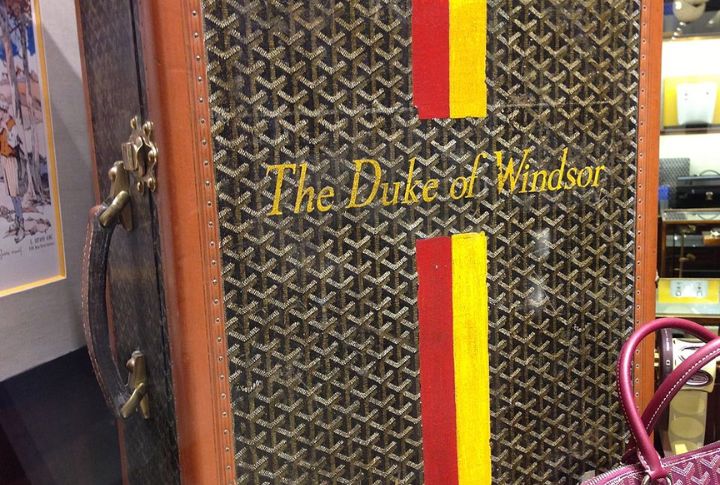
Authentic Goyard trunks from the early 1900s can bring in $5,000 to $25,000 or more, with rare models topping $350,000. Hartmann trunks follow closely behind, ranging from $1,200 to $5,000. The strong branding and original interiors drive up both the rarity and price of these leather‑clad trunks.
Vintage Typewriters (Underwood No. 5)
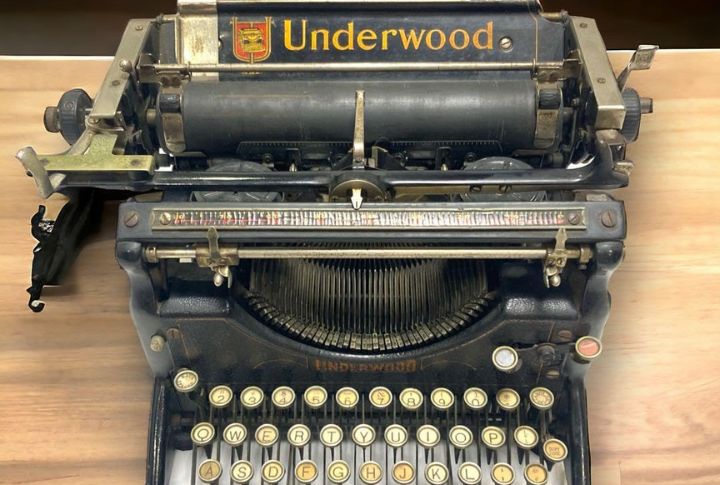
First introduced in 1900, the Underwood No. 5 became the bestselling typewriter of its era and helped define modern keyboard layouts. Its exposed mechanics and solid build keep it relevant with vintage tech enthusiasts. Mint-condition models can fetch up to $1,500, while others land between $200 and $450.
Carnival Glass
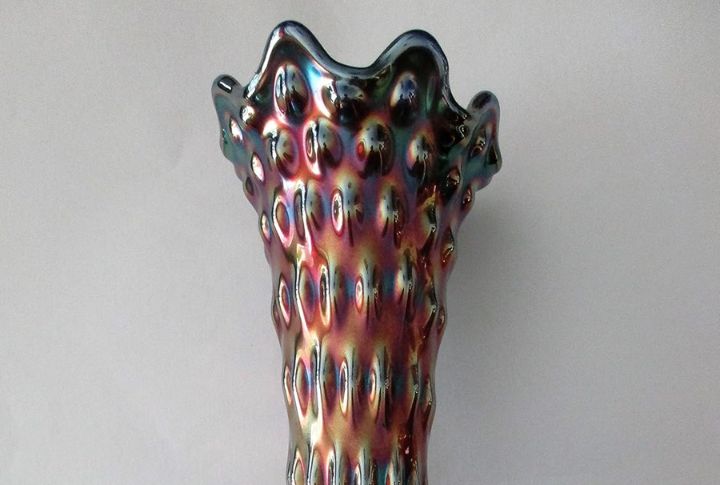
When the color pops and the design is rare, even these once-free prizes suddenly become seriously valuable. While most carnival glass stays below $1,000, rare examples—like Millersburg’s Flowering Vine vase—have sold for $50,000. With prices hovering near $1,750, Northwood funeral vases remain a collector’s prize.

